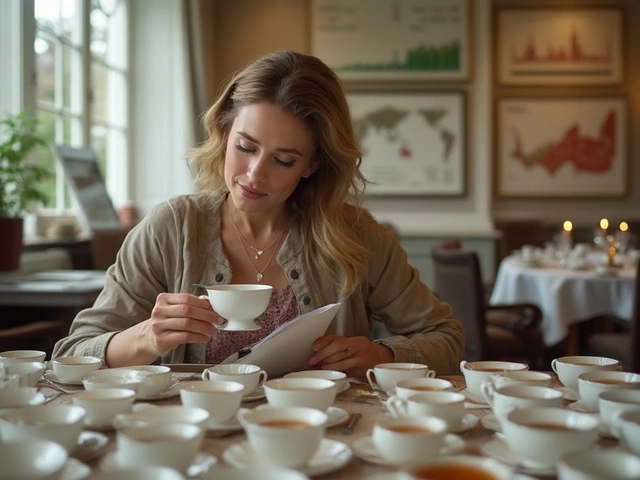Wine Steps: Your Quick Guide to Tasting, Serving, and Enjoying
If you’ve ever felt unsure about how to handle a bottle, you’re not alone. The good news is that wine doesn’t have to be mysterious. Follow a few easy steps and you’ll feel comfortable at any dinner party or tasting event. Below you’ll find a practical roadmap that works for red, white, and sparkling wines alike.
Step 1: Set the Scene
Start by choosing the right glass. A tulip‑shaped glass with a slightly narrow rim lets aromas gather where your nose can catch them. Make sure the glass is clean and free of strong scents – even a lingering soap perfume can mask wine aromas. Next, give the wine a proper pour: about one‑third of the glass is enough for swirling without spilling.
Step 2: Look, Swirl, Smell
Take a quick visual check. Color tells you a lot about age and grape type – a pale pink might be a young rosé, while a deep ruby hints at a fuller body. Give the glass a gentle swirl to oxygenate the wine; this releases volatile compounds. Then bring the glass to your nose and inhale gently. Identify basic scents like fruit, spice, or oak. If you can name at least two aromas, you’re on the right track.Remember, you don’t need a fancy perfume‑vocabulary. Simple labels like “berry”, “citrus”, or “vanilla” work perfectly.
Step 3: Take a Small Sip
Let a small amount roll across your tongue. Notice the balance between sweetness, acidity, bitterness, and alcohol. Good wine should feel smooth, not overly sharp. Pay attention to the texture – is it silky, creamy, or more crisp? A quick check for any off‑flavors, like a metallic taste, can help you spot a fault early.
Step 4: Pair with Food Wisely
When you move to food, think about matching intensity. Light wines go well with salads, seafood, or soft cheeses, while fuller wines pair better with red meat or aged cheeses. A quick rule: match the weight of the wine to the weight of the dish. If a wine feels heavy, pair it with a hearty meal; if it’s light, choose a lighter plate.
Step 5: Store and Serve Properly
After you’re done, keep the bottle upright to limit oxidation. If you have a half‑full bottle, a vacuum stopper can keep it fresh for a few days. For sparkling wines, a tight seal is essential to preserve bubbles. When serving, aim for a serving temperature of about 55°F for reds and 45°F for whites – a quick chill in the fridge for 20 minutes does the trick.
These five steps cover the basics you need to feel confident with any wine. Practice them at home, and soon you’ll notice the difference in how you experience flavors and aromas. Wine is meant to be enjoyed, so have fun, explore, and share what you learn with friends. Cheers to mastering the wine steps!
Curious about how to taste wine like the pros? This article breaks down the classic five steps of wine tasting into easy, clear instructions that anyone can follow. From looking and swirling to sniffing and sipping, each step is packed with practical advice and tips. Learn why each part of the process matters and how even small details—like the glass you use—can change your wine experience. Perfect for beginners or anyone who wants a quick, reliable guide to getting more enjoyment from every glass.
View Details

